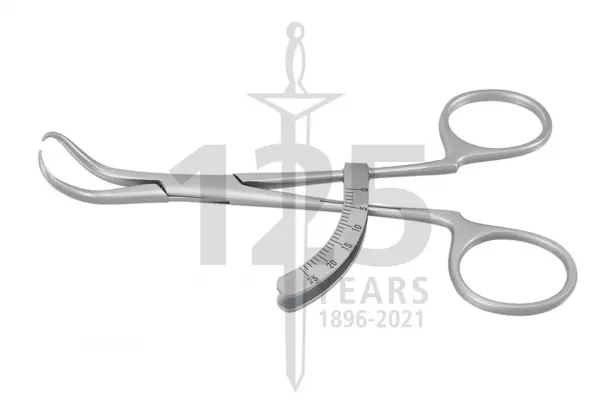
Bone Calipers - dental instruments
Bone Calipers - dental instruments made by Schwert 1730-1 CIRCLE CASTROVIEJ...
Portal and digital medical technology fair of the largest MedTech cluster in Germany

Bone Calipers - dental instruments
Bone Calipers - dental instruments made by Schwert 1730-1 CIRCLE CASTROVIEJ...
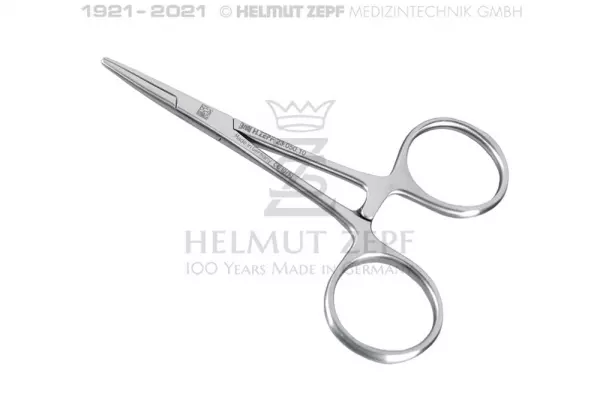
Forceps - Dental Surgical Instruments
23.050.10 HAEMOSTATIC FORCEPS, HARTMANN, STRAIGHT, 10 CM 23.051.10 HAEMOSTATIC FORCEPS, HAR...
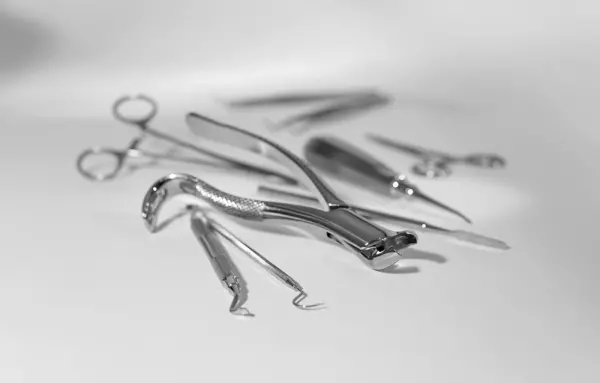
With over 40 years of experience in the field of medical technology, Our dental program offers a wid...
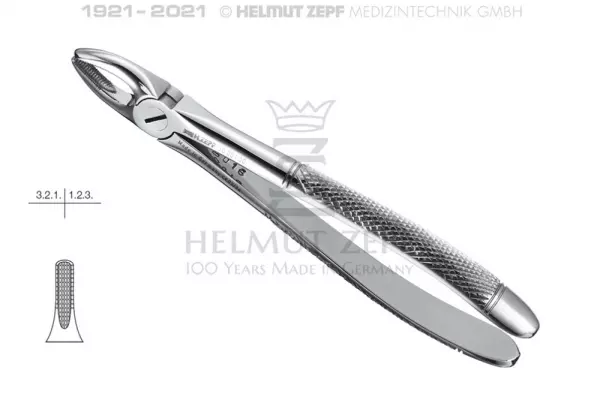
Extracting Forceps Standard - Dental Instruments...
Extracting Forceps Standard - Dental Instruments for Extraction 10.001.00 EXTRACTING FORCEPS,...
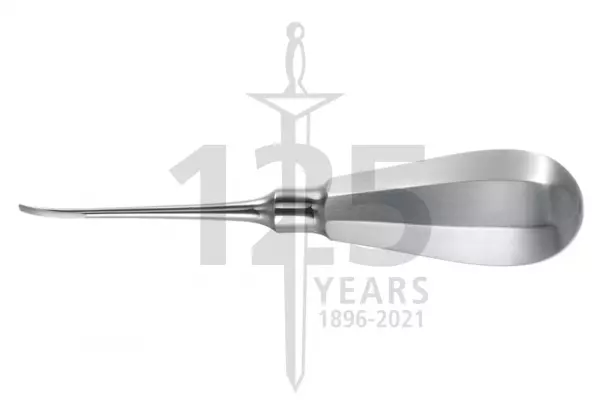
Root Elevators + Forceps - Extraction Dental...
Root Elevators + Forceps - Extraction Dental Instruments made by Schwert 610-12 ROOT...
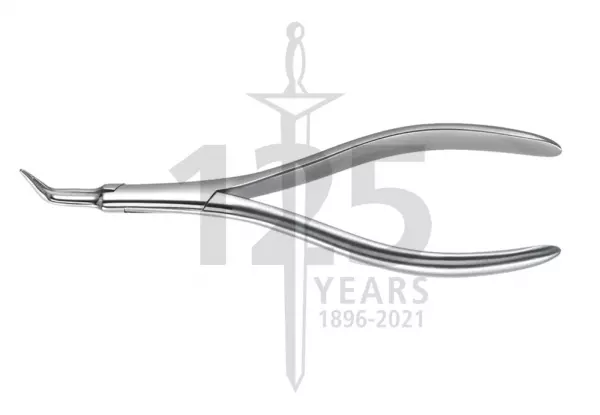
Root Canal Instruments - Dental Restorative...
Root Canal Instruments - Dental Restorative / Endodontic made by Schwert 2988 TWEEZE...
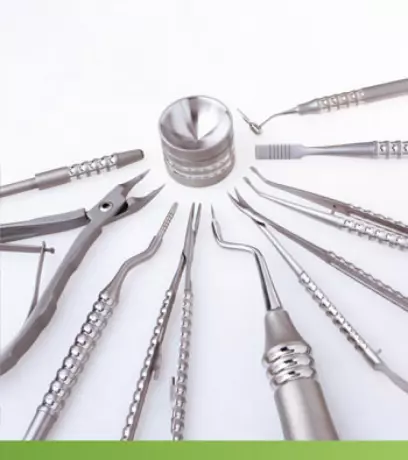
Surgical instruments for oral surgeons
Surgical instruments are an important criterion in the competence of an oral surgeon. The focus is...
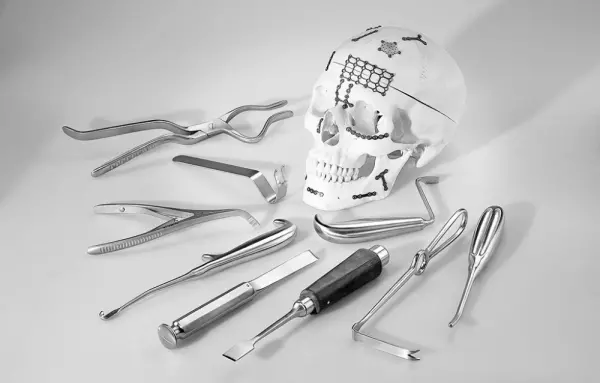
Surgical instruments for cranio-maxillofacial...
Maxillofacial surgery, including cranial surgery, encompasses a wide range which incorpora...
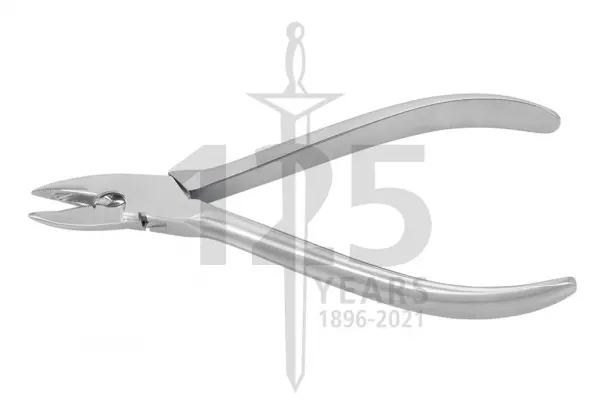
Orthodontic Pliers / Hand Instruments - Tooth...
Orthodontic Pliers / Hand Instruments - Tooth Replacement / Correction / Orthodontics made by Schwer...

Dental forceps, forceps for dental surgery, dental surgical forceps, forceps for dental implantology, dental forceps
A dental forcep is a dental instrument that is used to extract teeth from the mouth. These instruments are made to grip the teeth tightly and provide leverage during tooth extraction. The neck of a forceps dictates its effectiveness. The shape of the beak is a key factor in the effectiveness of the forceps. For example, a long and narrow neck is best suited for maxillary extractions. On the other hand, a long and wide neck is suited for mandibular extractions.
The basic design of a forceps is the same for both surgical and non-surgical procedures. Both types of dental tools have their pros and cons. One of the major differences between conventional and physics forceps is the type of jaw-straining mechanism. Conventional forceps use a hinged mechanism to apply consistent pressure to a tooth, which makes it easier for the dentist to lift the tooth. However, these tools tend to cause more breakages and compromised teeth because of the way the handles are shaped.
A tooth extraction requires the use of a dental forcep. There are many types of forceps, each of which has a different shape and purpose. Most traditional forceps have a rounded beak, while newer, ergonomic forceps have a curved beak. This allows maximum force to be applied to the tooth, making it easier to pull out. So, what are the pros and cons of using different types of dental forceps?
Modern dental forceps have many features, including a tapered profile to fit crowded teeth. They are also lightweight and have ergonomic handles. They are also specifically designed for pediatric dentistry and are better suited for children. The beaks are specially made to help the dentist reach the root of a tooth. They are more precise than their predecessors and can work more efficiently. You can choose between a straight or curved handle.
Today's dental forceps have several benefits. They are lighter and easier to handle than their predecessors, and they are specifically designed for different areas of the mouth. For instance, upper teeth forceps have beaks that are set at an angle, while the beaks of those used for lower teeth are generally straight or slightly curved. Each type of dental tool is designed to have the proper shape and angle to fit the tooth properly.
The most commonly used forceps for mandibular extractions are #8L and #10R, with a number of variations in size and shape. For mandibular extractions, the #150 upper extraction forceps are designed to grasp the uppermost posterior teeth with maximum grip. These instruments weigh about 8 ounces and are easy to use for most dentists. They are also available in left-handed and right-handed versions.
Become a digital exhibitor yourself in the online portal of the largest and best-known MedTech cluster region in Germany and inform the world of medical technology about your products and services as well as about news, events and career opportunities.
With an attractive online profile, we will help you to present yourself professionally on our portal as well as on Google and on social media.